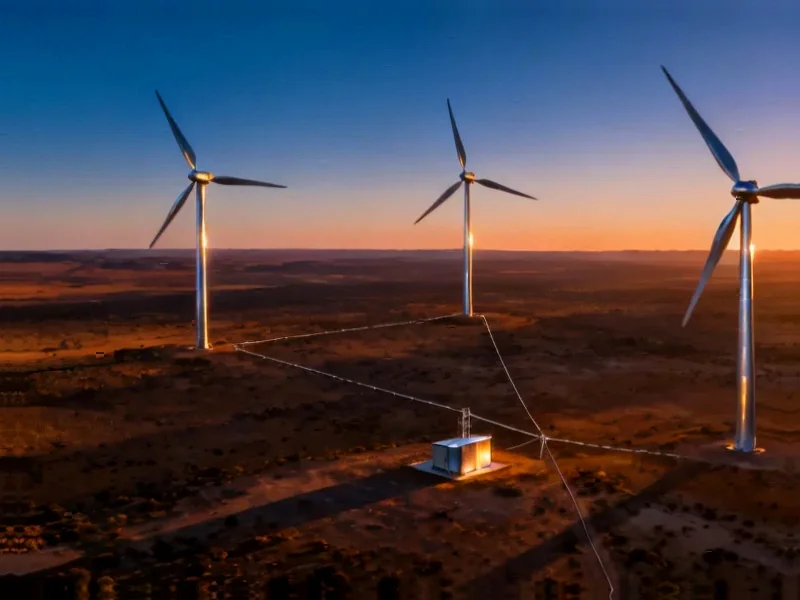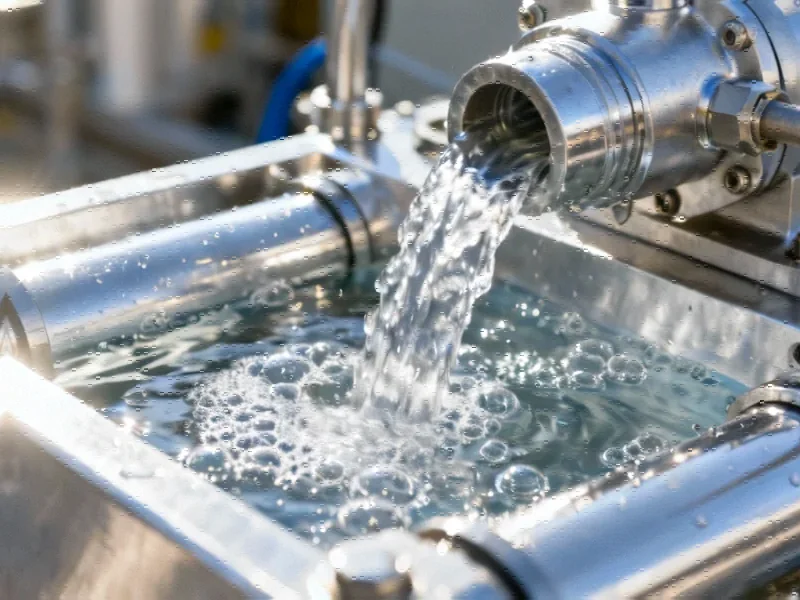According to EU-Startups, Bologna-based Adaptronics has raised €3.15 million in a funding round led by 360 Capital with participation from Galaxia and existing investors. The deep tech startup, founded in 2022 as a University of Bologna spin-off by Lorenzo Agostini, Camilla Conti, and Rocco Vertechy, develops electro-adhesive grippers for robotic systems. Their proprietary Electro Active Adhesive Layer (EAAL) technology enables robots to handle objects of any shape, size, or material with activation speeds under 10 milliseconds and energy efficiency up to 1000 times better than standard systems. The funding will accelerate technological innovation, expand facilities with a pilot plant, and strengthen international market reach. Adaptronics completed ESA’s incubation program in 2024 and sees applications spanning industrial automation, packaging, agritech, and space operations like debris removal.
Why this matters
Here’s the thing about robotics – we’ve been stuck with specialized grippers for decades. You need different tools for different objects, which makes automation expensive and inflexible. Adaptronics is basically saying “screw that” with a universal solution that works on anything. Their electro-adhesive approach uses electrostatic forces instead of mechanical fingers or suction cups, which is pretty brilliant when you think about it.
But what really caught my attention is the space angle. They went through ESA’s incubation program, and suddenly you’re looking at applications like satellite maintenance and space debris cleanup. That’s not your typical factory automation play – this technology could literally work in vacuum conditions where traditional grippers fail. It makes you wonder if we’re looking at the future of orbital robotics here.
Europe’s deep tech boom
This isn’t happening in isolation. While Adaptronics scored €3.15 million, Germany’s Sereact just bagged €25 million for advanced robotics hardware. Norway’s Saga Robotics raised €9.5 million for farm bots, and Switzerland’s mimic got €13.8 million for manipulation systems. Europe is basically having a robotics moment, and Italy needed a player at the table.
What’s interesting is that Adaptronics appears to be Italy’s only automation startup getting reported funding in 2025. That puts some serious pressure on them to deliver, but also makes them a national champion in the making. When 360 Capital’s partner talks about “reshaping Europe’s industrial landscape,” they’re not just blowing smoke – they’re betting on hardware that could give European manufacturing a competitive edge.
The real game-changer
Let’s talk about those specs for a second. Activation in under 10 milliseconds? That’s faster than human reaction time. Energy efficiency 1000x better than standard systems? In an era where everyone’s obsessed with sustainability, that’s massive. And only two components in the whole system? Maintenance departments everywhere are probably drooling.
The integrated tactile sensing is what really separates this from simple sticky pads. The system actually detects contact and proximity, which means it can handle delicate objects without crushing them. Think about applications beyond factories – medical devices, food handling, even consumer products. This could be the enabling technology that finally makes general-purpose manipulation robots practical.
What’s next
So where does Adaptronics go from here? The pilot plant expansion suggests they’re getting serious about manufacturing scale. European market expansion makes sense given the continent’s strong industrial base. But I’m watching the space applications closely – that could be their secret weapon.
The big question is whether they can transition from cool university research to industrial-grade reliability. Deep tech hardware is notoriously difficult to scale, and they’re up against established players with decades of experience. But if they can deliver on their promises? We might be looking at the beginning of a fundamental shift in how robots interact with the physical world. And honestly, that’s way more exciting than another software startup.




